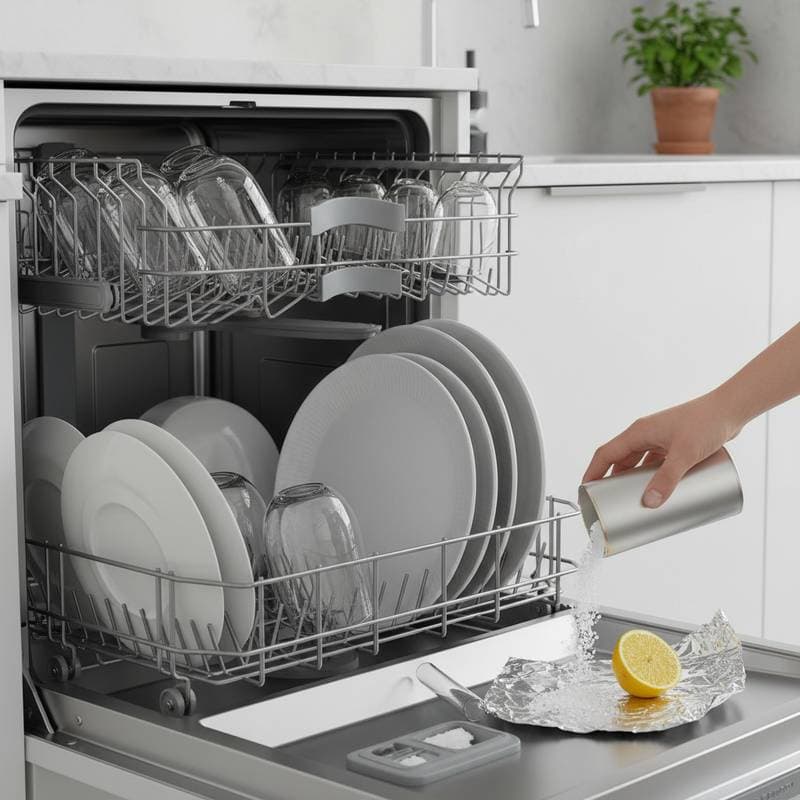Key Points
- Mushroom-based cleaners utilize natural mycelium enzymes to break down grime effectively and safely, without the need for harsh chemicals.
- These products appeal to homeowners who prioritize eco-friendly and non-toxic options that deliver reliable performance.
- They prove safe for common bathroom surfaces such as tile, grout, glass, and metal fixtures.
- Individuals with a preference for do-it-yourself approaches benefit most, as these cleaners support sustainable practices and yield enduring results over temporary solutions.
- Cleaning occurs without causing respiratory irritation or leaving behind residue that accumulates over time.
Project Overview
Cleaning a standard bathroom requires approximately 30 to 45 minutes of active work. The total process, including preparation and drying time, spans about one hour. This task suits beginners, with no advanced skills necessary. Costs align with those of premium eco-friendly cleaners, though homemade mushroom-based versions reduce expenses in the long run.
Materials and Tools
Materials
- A commercial mushroom-based bathroom cleaner or a homemade mycelium enzyme solution
- Microfiber cloths or soft sponges for wiping surfaces
- Warm water for mixing and rinsing
- A spray bottle to apply the cleaner evenly
- Optional: A soft-bristle brush for tackling grout lines and textured areas
Tools
- Rubber gloves, optional for those with sensitive skin
- A bucket for holding rinse water
- An old toothbrush for precision cleaning in tight spaces
Homeowners interested in do-it-yourself projects may prepare their own cleaner by fermenting mushroom mycelium with natural sugars and water. This method demands careful monitoring but offers customization. For efficiency, ready-made mushroom-based cleaners provide consistent results with minimal effort.
Step-by-Step Cleaning Guide
Begin by preparing the space. Clear countertops and remove loose items from the bathroom to focus on surfaces. Ventilate the area by opening windows or using an exhaust fan, which enhances safety and effectiveness.
Next, apply the cleaner. Fill a spray bottle with the mushroom-based solution, undiluted for heavy buildup or slightly diluted for maintenance. Spray generously on tiles, grout, glass shower doors, and fixtures. Allow the enzymes to work for 10 to 15 minutes, as this dwell time enables them to penetrate and dissolve organic residues like soap scum and mildew.
Scrub gently where needed. Use a soft sponge or cloth for smooth surfaces, and a brush for grout. The enzymes soften grime, so minimal pressure suffices. Rinse thoroughly with warm water to remove loosened debris, then dry with a microfiber cloth for a streak-free finish.
For ongoing care, repeat this process weekly. Focus on high-moisture areas like showers to prevent recurrence. This routine maintains cleanliness without aggressive scrubbing.
How Mushroom Cleaners Excel
Conventional bathroom cleaners depend on acids and synthetic detergents. These agents remove visible buildup but frequently erode surfaces with repeated use. In contrast, mushroom cleaners employ natural enzymes derived from mycelium, the root-like network of fungi.
These enzymes function as biological catalysts. They target organic matter specifically, such as proteins in soap residue or starches in mildew, by breaking molecular bonds. This action cleans at a deeper level without affecting inorganic materials like porcelain or glass. As a result, surfaces remain intact, and no chemical films linger to trap future dirt.
Mycelium enzymes demonstrate adaptability. They respond to varying grime compositions, from hard water stains on chrome to biofilm on tiles. This versatility ensures thorough cleaning across diverse bathroom elements. Delicate materials, including natural stone and sealed wood, tolerate these cleaners well, unlike acidic alternatives that cause etching or discoloration.
Balancing Budget and Sustainability
Mushroom cleaners carry a modest premium over basic chemical sprays at purchase. However, their concentrated formulas last longer, requiring less product per application. They also safeguard surfaces from wear, averting costly repairs such as regrouting or refinishing.
Families managing budgets appreciate these efficiencies. Dilute the cleaner for lighter tasks to extend its lifespan further. Over months, the investment pays off through reduced repurchase frequency and maintenance needs.
For those inclined toward self-sufficiency, homemade production proves feasible. Start with mushroom spores or scraps from fresh fungi. Combine them in a jar with water and a natural sugar source like molasses. Seal and store in a warm, dark place for one to two weeks, stirring occasionally to encourage fermentation. Strain the liquid to obtain an enzyme-rich cleaner. This approach minimizes costs and connects users to natural processes, though commercial options suit busier schedules.
Safety and Health Benefits
Mushroom-based cleaners prioritize user well-being. Unlike bleach or ammonia products, they emit no fumes that irritate eyes, skin, or lungs. This feature benefits households with children, pets, or individuals sensitive to chemicals.
Enzymes break down contaminants without releasing volatile compounds. Bathrooms emerge fresher, with improved air quality from the absence of lingering odors. Regular use discourages mold growth, reducing allergens that trigger respiratory issues.
Surfaces stay protected long-term. Without corrosive elements, fixtures avoid pitting or dulling. This preservation extends the life of bathroom components, promoting a healthier living environment overall.
Pro Tips for Optimal Results
Allow sufficient contact time for the enzymes to activate fully. A minimum of 10 minutes proves essential; shorter durations diminish cleaning power.
Rinse with warm water exclusively. Excessive heat deactivates enzymes, while cold water slows the process unnecessarily.
Maintain a dedicated spray bottle for quick daily applications around sinks and faucets. This habit prevents minor buildup from escalating.
Incorporate ventilation into every session. Fresh airflow not only aids drying but also inhibits mildew development in humid spaces.
Test the cleaner on inconspicuous areas first, especially with natural stone. Although generally safe, this step confirms compatibility.
Extending Natural Practices Homewide
Adopting mushroom cleaners marks a shift toward mindful home maintenance. This choice aligns with broader sustainable habits, such as selecting biodegradable materials for other chores. Homeowners gain confidence in leveraging nature's mechanisms for everyday tasks.
Explore related applications, from enzyme-based laundry aids to garden soil enhancers. Each step builds expertise in eco-conscious living. Ultimately, these practices foster resilient homes that harmonize with environmental principles.




